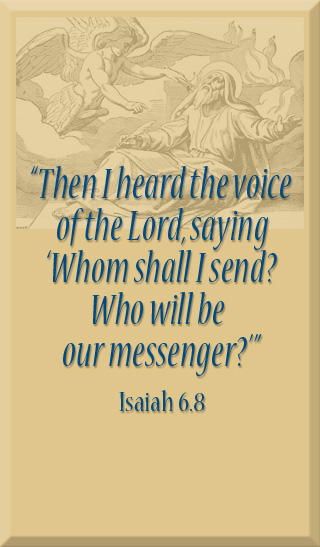
What is a Dramatic Reading?
We are not talking about the dramatization of a biblical story or event - of dividing the Scripture text into separate speaking parts and a narrator. We are using "dramatic" in a more generic sense. All drama involves some kind of change, where something is markedly different between the beginning and ending of a script or text. Often this results from the tension or conflict that is being played out between opposing or differing forces.
A dramatic reading can serve to highlight the tensions that are at work within any given passage from Scripture. There may be personal, moral or ideological tensions between characters within a story. Or there may be differences between the voices and imagery of tradition and the reality of current practices. These tensions are brought to the foreground and enlivened in a dramatic reading through the use of multiple readers. Each reader can embody a different voice or perspective.
Some passages of Scripture have become all too familiar, and as a consequence they have lost meaning and import for us. In order to disturb this familiarity, dramatic readings often make use of juxtaposition to heighten the sense of contrast or tension. Old is set against new, right against wrong, weak against strong - so each can be seen more plainly for what it is.
